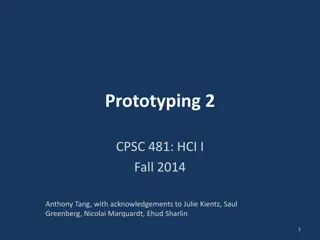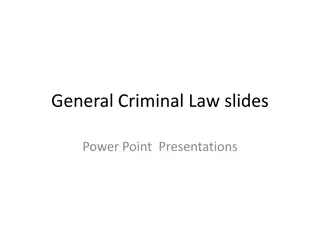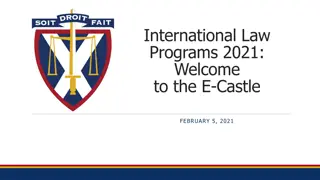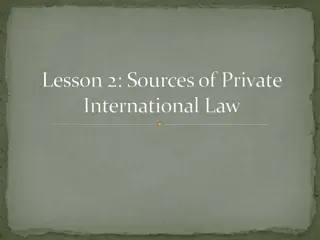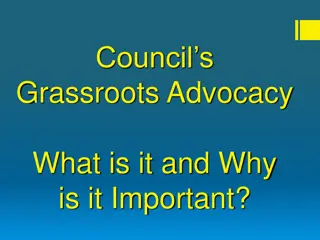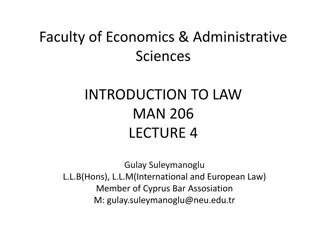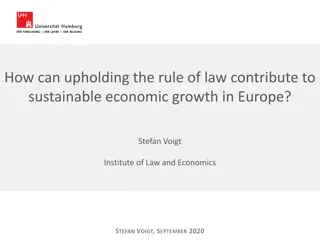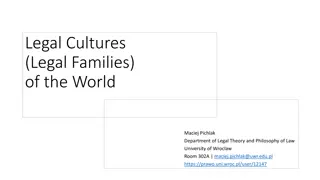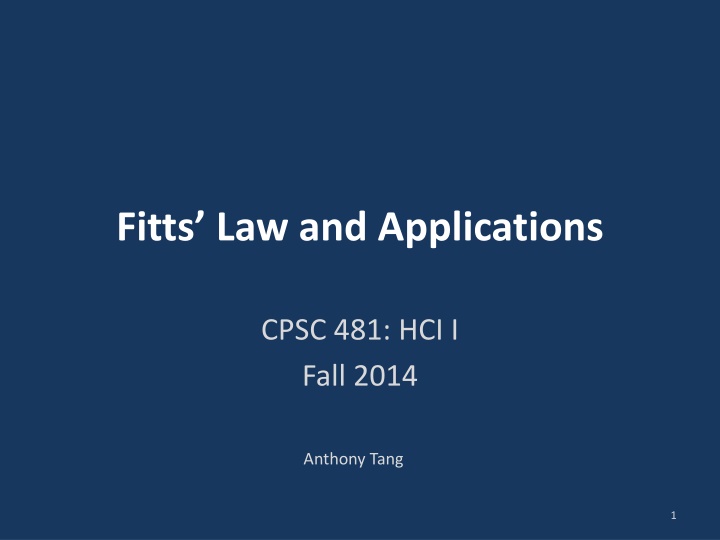
Fitts Law and Applications in Human-Computer Interaction
Explore the principles of Fitts Law, its relevance in interaction design, and how it can be applied to enhance user experience. Learn about Fitts' original experiments, interpret the law, and evaluate visual designs using its principles.
Download Presentation

Please find below an Image/Link to download the presentation.
The content on the website is provided AS IS for your information and personal use only. It may not be sold, licensed, or shared on other websites without obtaining consent from the author. If you encounter any issues during the download, it is possible that the publisher has removed the file from their server.
You are allowed to download the files provided on this website for personal or commercial use, subject to the condition that they are used lawfully. All files are the property of their respective owners.
The content on the website is provided AS IS for your information and personal use only. It may not be sold, licensed, or shared on other websites without obtaining consent from the author.
E N D
Presentation Transcript
Fitts Law and Applications CPSC 481: HCI I Fall 2014 Anthony Tang 1
Learning Objectives By the end of the lecture, you should be able to: Describe the original Fitts' law experiments Provide an interpretation for Fitt's law Identify two ways that Fitts' Law can be used in interaction design Critique visual designs using Fitts' Law 2
Fitts Law: The Punchline Big targets are easier to hit than small targets + Close targets are easier to hit than far targets 3
Fitts Law as an equation MT = movement time A = amplitude (distance to target) W = width (width of target) a,b = empirically determined constants 6
Fitts Law as an equation MT = movement time A = amplitude (distance to target) W = width (width of target) a,b = empirically determined constants ID = index of difficulty in bits IP = 1/b = index of performance bits/s 7
Fitts Law Allows us to design navigation Allows us to evaluate input devices/techniques 8
Discussion Questions Microsoft Toolbars offer the user the option of displaying a label below each tool. Give two reasons why labeled tools can be access faster. (Assume the user knows the tools, and does not need the labels to identify the tool.) a. The label becomes the target, and so it is bigger. b. When labels are not used, the tool icons crowd together 10
Discussion Questions Assume you will this layout of buttons on the left edge of the screen. Without changing the size of these icons, what can you do to decrease the amount of time it takes to access the tools? a. Change the array to 1x12 b. Ensure you can click the pixels to the left of the button, too!! 11
Learning Objectives You should now be able to: Describe the original Fitts' law experiments Provide an interpretation for Fitt's law Identify two ways that Fitts' Law can be used in interaction design Critique visual designs using Fitts' Law 14






